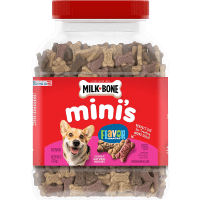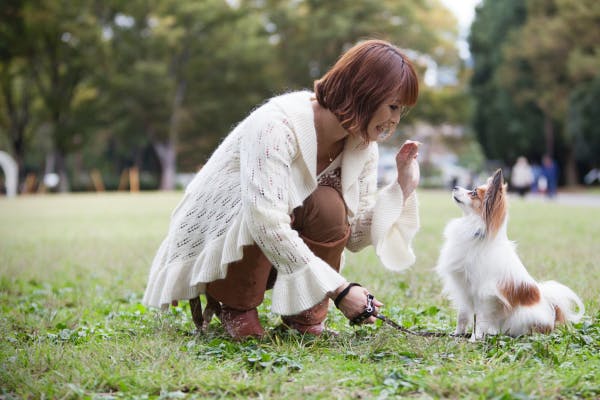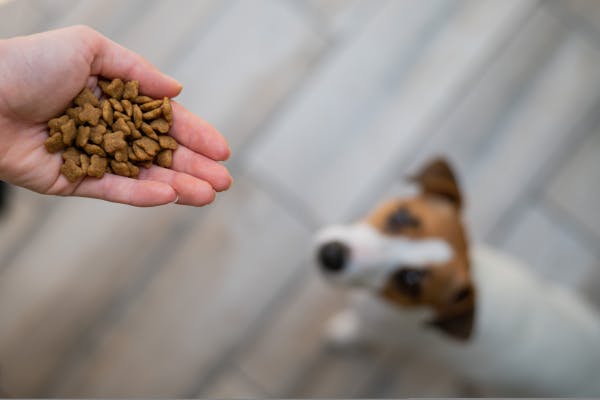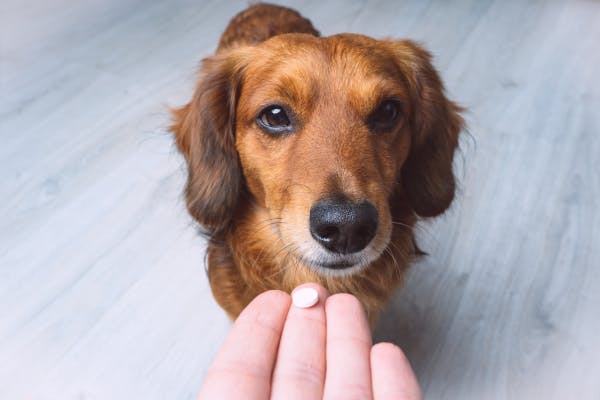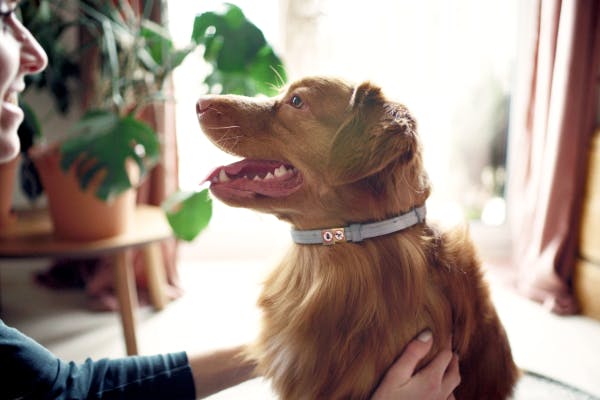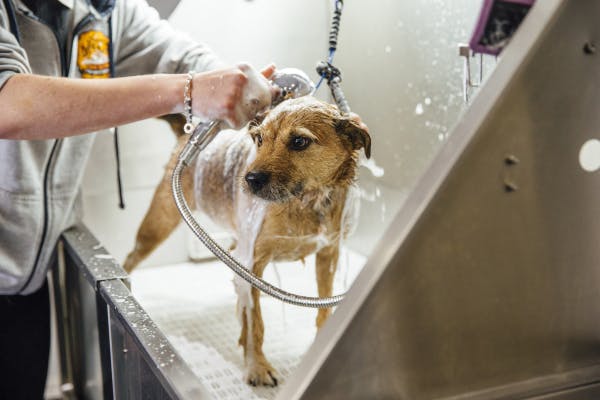learn about dog training treats
How to Train Your Dog with Praise and Affection
Training your dog with praise and affection involves using positive reinforcement, such as verbal praise, petting, and playtime, to motivate and reward desired behaviors. This approach helps create a strong bond between owner and dog, and encourages good behavior in a healthy, positive way.
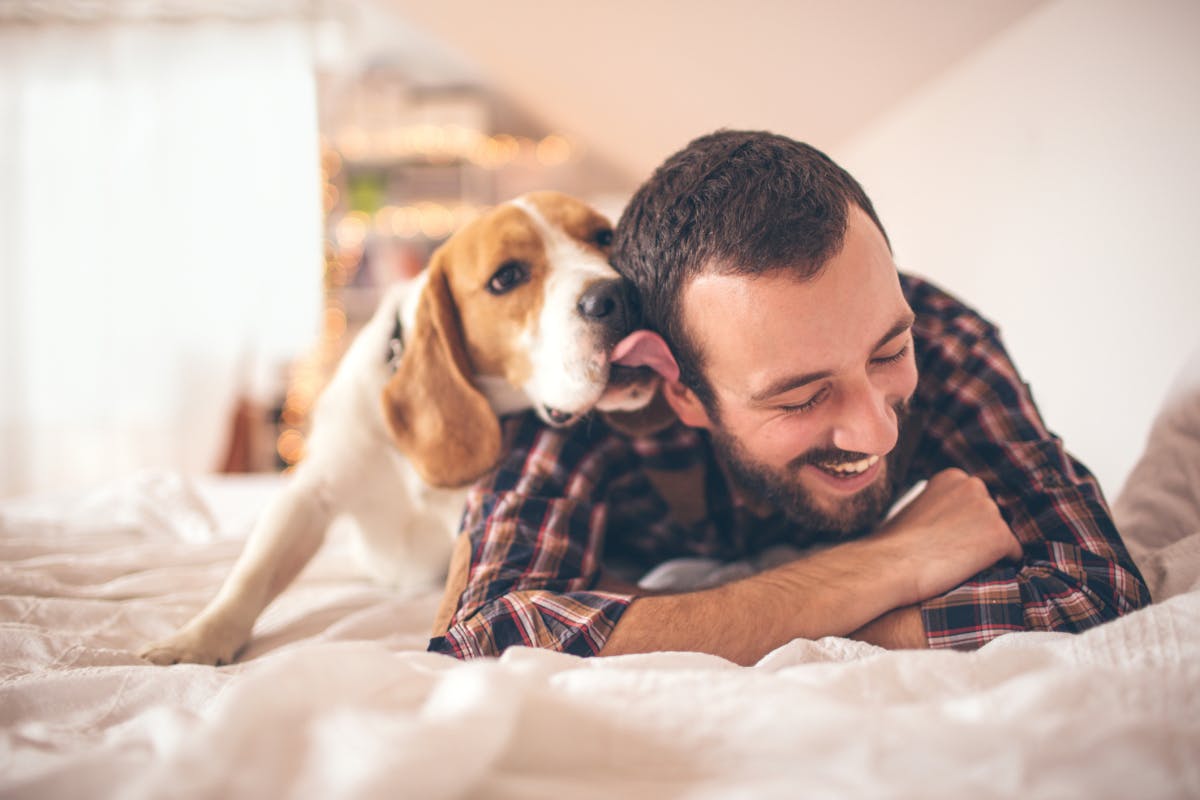
Praise and affection play a crucial role in dog training, helping to create a strong bond between the owner and the dog. Positive reinforcement, such as praise, attention, food, playtime, affection, and toys can greatly motivate dogs when given as rewards. It's important to know when to use the right type of reward and when treats can be replaced with other forms of positive reinforcement. By understanding your dog's unique needs and preferences, you can effectively use praise and affection in everyday training.
- The Importance of Praise and Affection in Dog Training
- Successful Training Through Positive Reinforcement
- Praise and Affection as Primary Reinforcers
- The Importance of Timing in Reward-Based Training
- Motivating Your Dog with Affection and Social Interaction
- Avoiding Bribery: Creating Balance in Rewards
- Caring for Your Dog's Unique Needs
- Using Praise and Affection in Everyday Training
The Importance of Praise and Affection in Dog Training
Praise and affection play a crucial role in dog training, helping to create a strong bond between the owner and the dog. Positive reinforcement, such as praise, attention, food, playtime, affection, and toys can greatly motivate dogs when given as rewards. It's important to know when to use the right type of reward and when treats can be replaced with other forms of positive reinforcement.
Thorndike's Law of Effect from 1927 states that a behavior is more likely to be repeated if it leads to satisfaction for the animal. This principle is central to animal training. When a dog shows desired behavior, it should be reinforced with something valuable to them. Different rewards may hold different values depending on the situation and the dog's preferences.
Food is often seen as one of the most effective rewards in dog training because it has a natural biological value for dogs. It is easy to use and control and has been shown to improve dogs' social behavior towards humans. When food is used as a reward, dogs are more attracted to people who give them food.
However, praise and affection should not be overlooked in dog training! Petting can positively affect dogs by reducing their heart rate and blood pressure while increasing levels of endorphins like prolactin, oxytocin, and dopamine. This response shows that petting can be used as a reward. Military dogs often have their behavior reinforced through petting.
Verbal praise like "Good girl!" or "Good boy!" may seem human-centric, but recent studies show its effectiveness in dog training. In one experiment involving 15 trained dogs using food, stroking, and praise as rewards showed no significant differences between groups. All learned at similar rates, suggesting that regardless of the reinforcement type, they need a certain number of repetitions to learn a task.
Successful Training Through Positive Reinforcement
Positive reinforcement-based dog training focuses on rewarding good behaviors with treats, praise, toys, or other rewards the dog likes. This approach helps teach dogs to repeat good behaviors and change their behavior in a healthy, positive way.
Good timing is important for successful positive reinforcement training. Rewarding the dog right away (within seconds) after they show the desired behavior helps them connect the reward with the right action. For example, reward a dog for sitting as soon as they sit, not after they stand up again.
Short training sessions and simple, clear words are also crucial. Dogs learn more from body language than spoken words, so start by encouraging them into a sit or down position with non-verbal cues. Holding a toy or treat above and slightly behind their head can make them see it better. Introduce a verbal cue like "sit" or "down" once the desired behavior is consistent.
Being consistent is another important part of positive reinforcement training. All family members should use the same cues to avoid confusion. Making a list for everyone to reference can help keep things consistent. Also, always reward good behaviors and never bad ones.
best dog training treats
- our rating98 out of 100
- our rating98 out of 100
- our rating96 out of 100
Praise and Affection as Primary Reinforcers
Praise and affection shape both human and animal relationships. They are called primary reinforcers because they have natural value to the receiver, including things like food, water, sleep, shelter, safety, and pleasure from touch.
Praise motivates and encourages. It is a type of verbal reinforcement that shows approval and satisfaction. For instance, when a parent praises a child for doing a task or behaving well, the child is more likely to do it again. The same goes for pet owners and their pets when obeying commands or showing good behavior.
Affection forms strong relationships and provides a sense of security and well-being. Human touch provides comfort and reassurance for dogs, with petting and stroking offering health benefits such as lower heart rate, blood pressure, and increased levels of feel-good hormones.
To get the most out of using praise and affection as primary reinforcers, follow these guidelines:
Be genuine: Give praise honestly for it to have the desired effect. Fake praise may not be as effective.
Be specific: When praising someone, be clear about what they did well so they know what to do in the future.
Be timely: Give praise soon after the action occurs, so there's a clear link between the two.
Be consistent: Keep using praise and affection to reinforce good behavior and maintain its effectiveness.
By doing it right, people can build strong bonds, promote and encourage positive behavior, and create a happy living environment.
The Importance of Timing in Reward-Based Training
Timing is crucial in reward-based training for dogs, as it helps make the training more effective. In this method, dogs learn that good behavior leads to rewards like treats, praise, or toys. If a dog does something good and gets a reward right away, they are likely to do it again.
Good timing in reward-based training means giving the reward as soon as the dog performs the desired action. If there is a delay, the dog might not understand that the reward is for their good behavior. For example, if a dog sits when asked but gets a treat after standing up, they might think the treat is for standing instead of sitting. This can make learning difficult.
Another aspect of timing in reward-based training is how often you give rewards. At first, it's important to give a reward every time the dog performs the desired action. This helps them understand that their behavior leads to rewards. As they get better at performing the desired action, you can give rewards less often but still enough to keep them interested.
You should also adjust how often you give rewards based on how hard the task is and how many distractions there are. If there are lots of distractions or if the task is new, give more rewards to help your dog stay focused on what they need to do.
Where you place rewards also matters when it comes to timing in reward-based training. For example, if your dog needs to stay sitting or lying down, make sure they get their reward while still in that position. If they have to move to get their reward, they might get confused about which behavior earns them treats.
Good timing plays an essential role in making effective use of reward-based dog-training methods. Paying attention to these aspects will enable trainers to help their dogs learn better and be happier.
Avoiding Bribery: Creating Balance in Rewards
Establishing balance between rewards and bribery is essential for achieving good and lasting results from canine training. Maintaining this balance can be challenging; however, understanding the difference between rewards and bribery, and employing varied techniques will result in well-trained, happy pets.
A reward is given after good behavior by the pet, motivating them to repeat such actions. Bribery involves giving a treat or other items to elicit a positive action, which may lead to over-dependence on external items.
To avoid bribery, trainers need to be mindful of how they use treats or other items in training. One method involves giving treats less frequently as the dog improves its behavior. This helps the dog learn that good behavior is expected even without immediate rewards.
Another way to strike a balance in rewards is by using different types of rewards during training, such as verbal praise, petting, or playing with their favorite toy. By employing diverse incentives, trainers can keep dogs engaged and eager to perform well without solely relying on treats.
When teaching new skills or commands, it's crucial for trainers to use rewards appropriately. Rewards should be presented immediately after the desired action is performed; this helps build an association between the action and reward.
Non-food-based incentives should also be utilized frequently. Using words of praise or affection as primary motivators not only strengthens bonds between pets and owners but also promotes good behavior. This approach reduces over-reliance on food-based rewards, thereby minimizing chances of bribery during training.
Caring for Your Dog's Unique Needs
Building a strong bond between an owner and their pet is important. By noticing the unique preferences and needs of a dog, owners can help their pets be happy and healthy in both mind and body.
Food Choices
Dogs, like people, have their own likes and dislikes when it comes to food. Paying attention to what a dog enjoys eating can help owners provide a better diet and make mealtime enjoyable.
When selecting food or treats for a dog, consider the ingredients and how healthy they are. Dogs need certain nutrients to thrive, so it's important to choose products that meet their needs. Also, if a dog has food allergies or sensitivities, it's crucial to select safe foods for them.
Exercise and Playtime Preferences
Dogs also have favorite ways to exercise and play. Some might enjoy running after balls while others prefer slow walks or swimming. Knowing your dog's preferred activities can help keep them busy, happy, and healthy.
Engaging in activities your dog enjoys also strengthens the bond between owner and pet. For example, if a dog loves playing fetch, spending time on this activity can build trust in the relationship.
Training Methods
Each dog has its way of learning; therefore, it's essential to consider individual preferences when training. Some dogs respond well with food rewards while others prefer praise or affection as reinforcement. Using suitable training methods for each dog makes learning fun while achieving better results.
Owners should also take into account their dogs' personalities during training sessions since some may be more sensitive than others requiring gentle approaches during instruction times.
Sleeping Preferences
Dogs have different sleep preferences too; some might like sleeping in crates while others are happier on beds or near their owner's bed space. Observing these tendencies enables owners to provide cozy resting spots where pets feel secure and comfortable.
By offering various sleeping options such as different types of beds, blankets, and crates, owners can help their dogs find the best place to sleep.
Making Friends
Dogs have unique social needs based on their personality and breed. Some may enjoy meeting other dogs or people more than others, while some might be more reserved. Recognizing your dog's social preferences is essential for providing opportunities for growth and interaction.
Owners can take their dogs to different places to make friends, like dog parks or group walks, allowing them to feel more comfortable and confident in new surroundings.
Healthcare Needs
Each dog has unique healthcare needs based on factors like age, breed, and health issues. It's crucial for owners to learn about these special requirements and work closely with a veterinarian to ensure they maintain good health.
Regular vet visits, vaccinations, dental care, and grooming are all vital aspects of keeping a pet healthy. By understanding their dog's specific needs and working with a reliable vet, owners can provide the best possible care for their pets.
Using Praise and Affection in Everyday Training
Praise and affection play important roles in training as they create a positive atmosphere that strengthens the bond between owner and pet, encourages good behavior, and offers alternatives to food-based rewards. Here are ways to include praise and affection in daily training sessions:
Time it Right
Give praise or affection immediately after your dog performs the desired behavior or command; this helps them associate it with positive reinforcement, increasing the likelihood of repeat success in the future.
Be Consistent
Consistency is key when using praise as part of training strategies. Ensure the same words and gestures are used every time. If different family members are involved in training sessions, everyone should use the same expressions to avoid confusion.
Use Words of Praise
Positive verbal feedback motivates dogs but overusing it might result in reduced effectiveness. Thus, words of praise should be used cautiously.
Show Physical Affection
Some pets enjoy gentle touch during instruction times; observe their body language and reactions to indicate comfort preferences regarding the type and location of contact.
Vary Rewards
Mixing up reward types keeps animals interested and focused on learning new commands and behaviors. Include a mix of verbal praise, gestures, toys, and more.
Notice Your Dog's Preferences
Dogs respond differently to various forms of reinforcement. Observe their reactions and adjust your approaches accordingly.
Teach New Skills with Praise and Affection
Using praise during the teaching process helps create a positive association with new tasks or commands.
Socialize Using Praise and Affection
Praising your dog for being calm and well-behaved when meeting new people, animals, or visiting unfamiliar places reinforces good social skills.
Make Training Enjoyable
Incorporating praise and affection into training sessions makes the process enjoyable for both dogs and owners while encouraging successful learning outcomes. A positive atmosphere fosters a strong bond between pet and owner.
